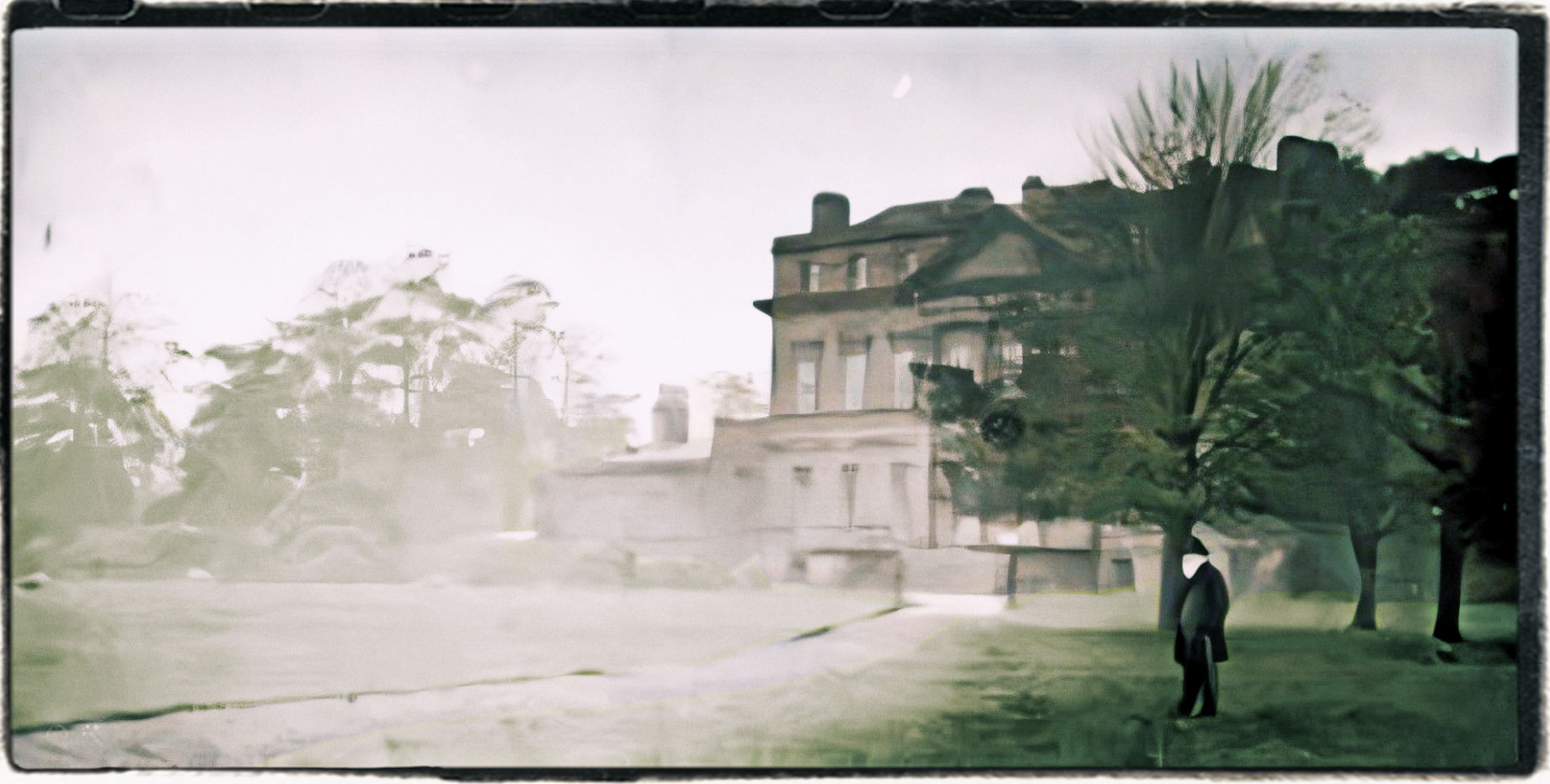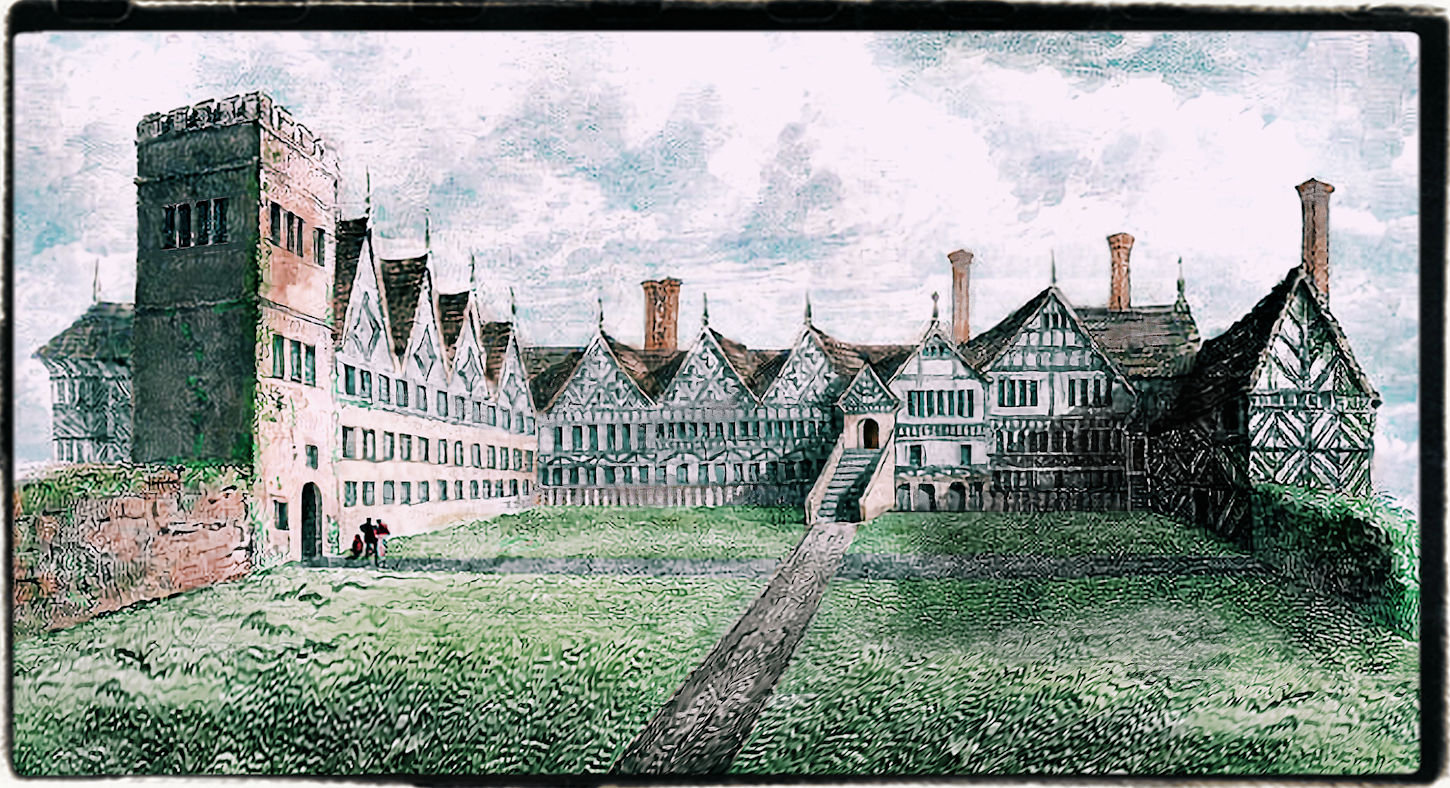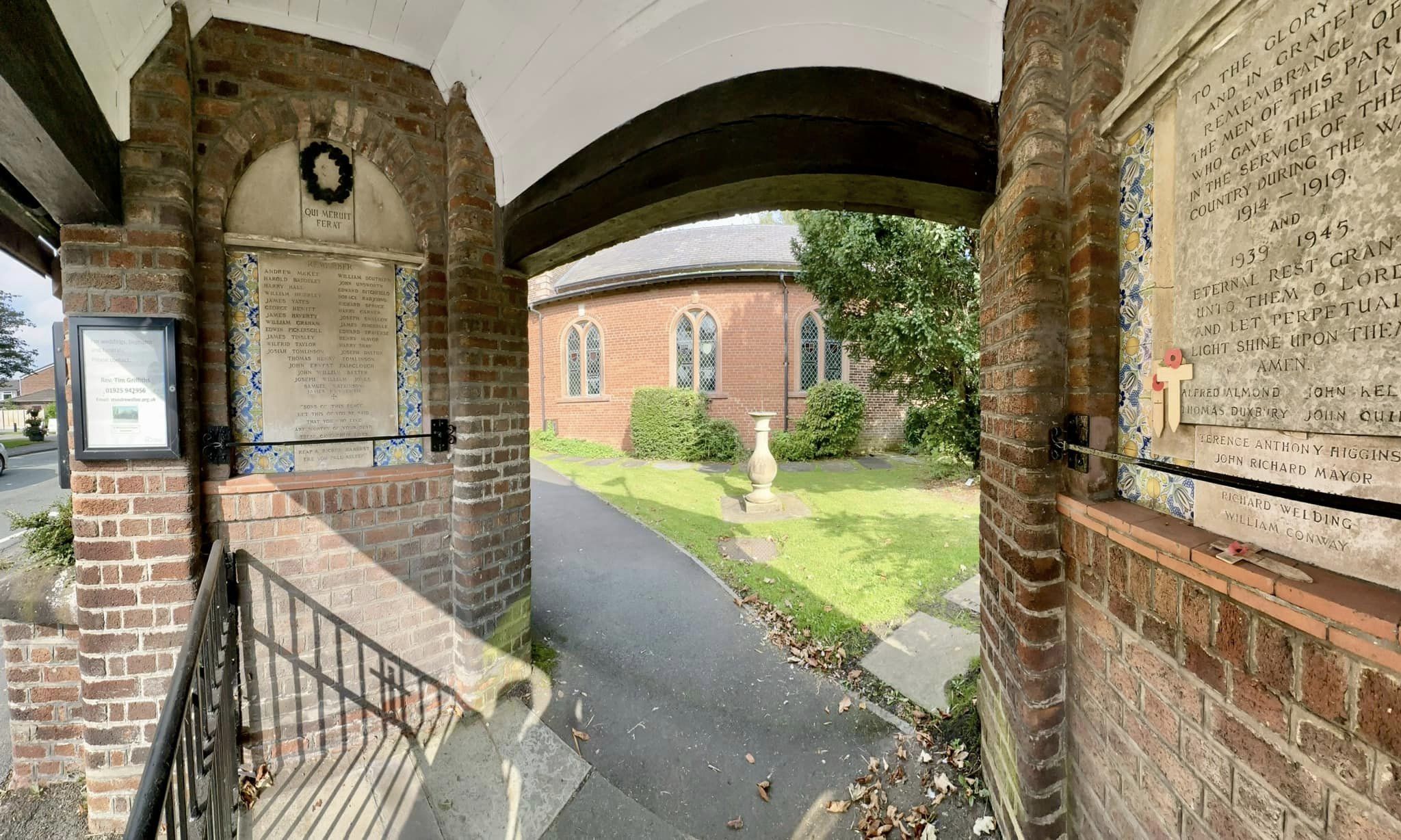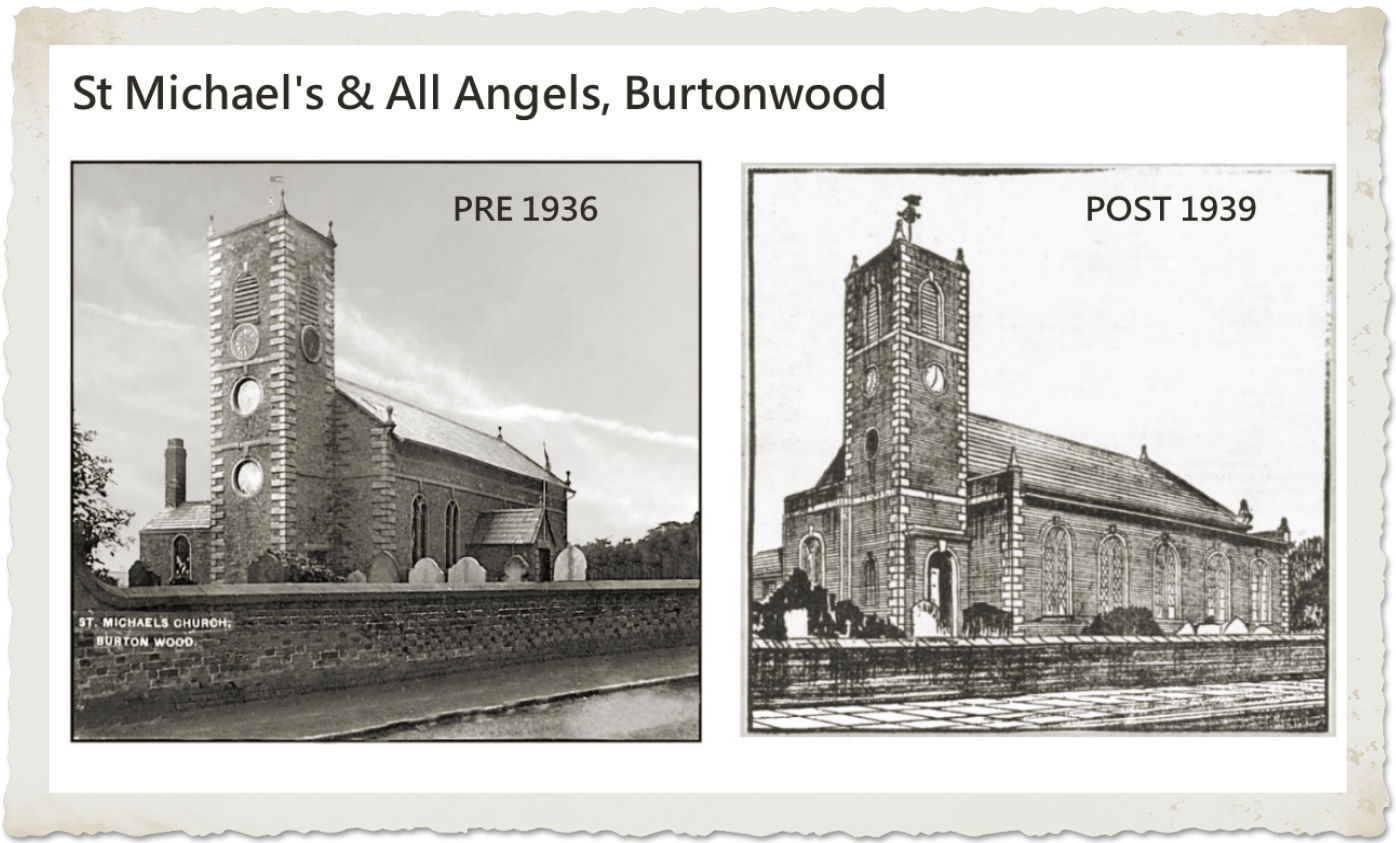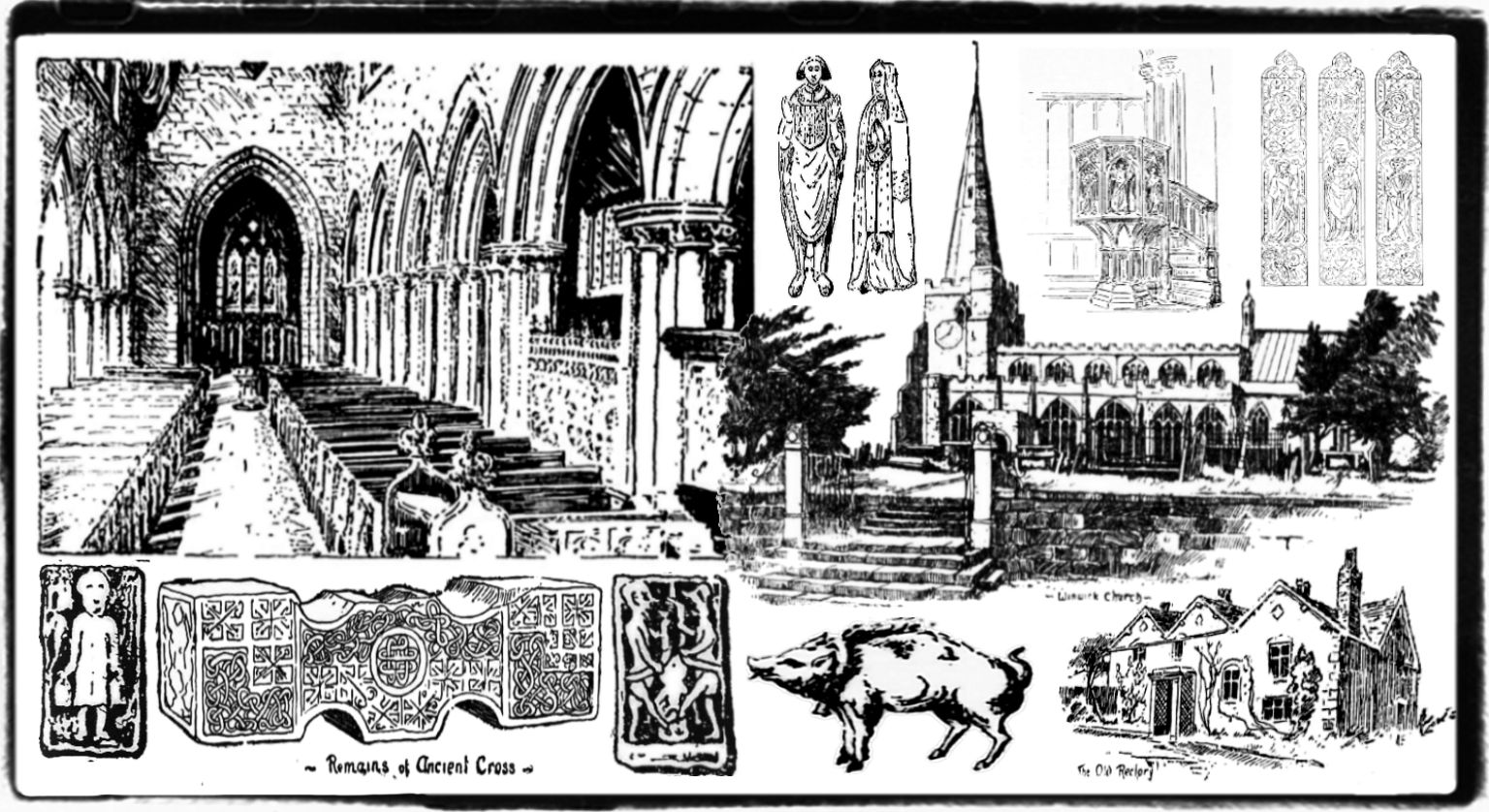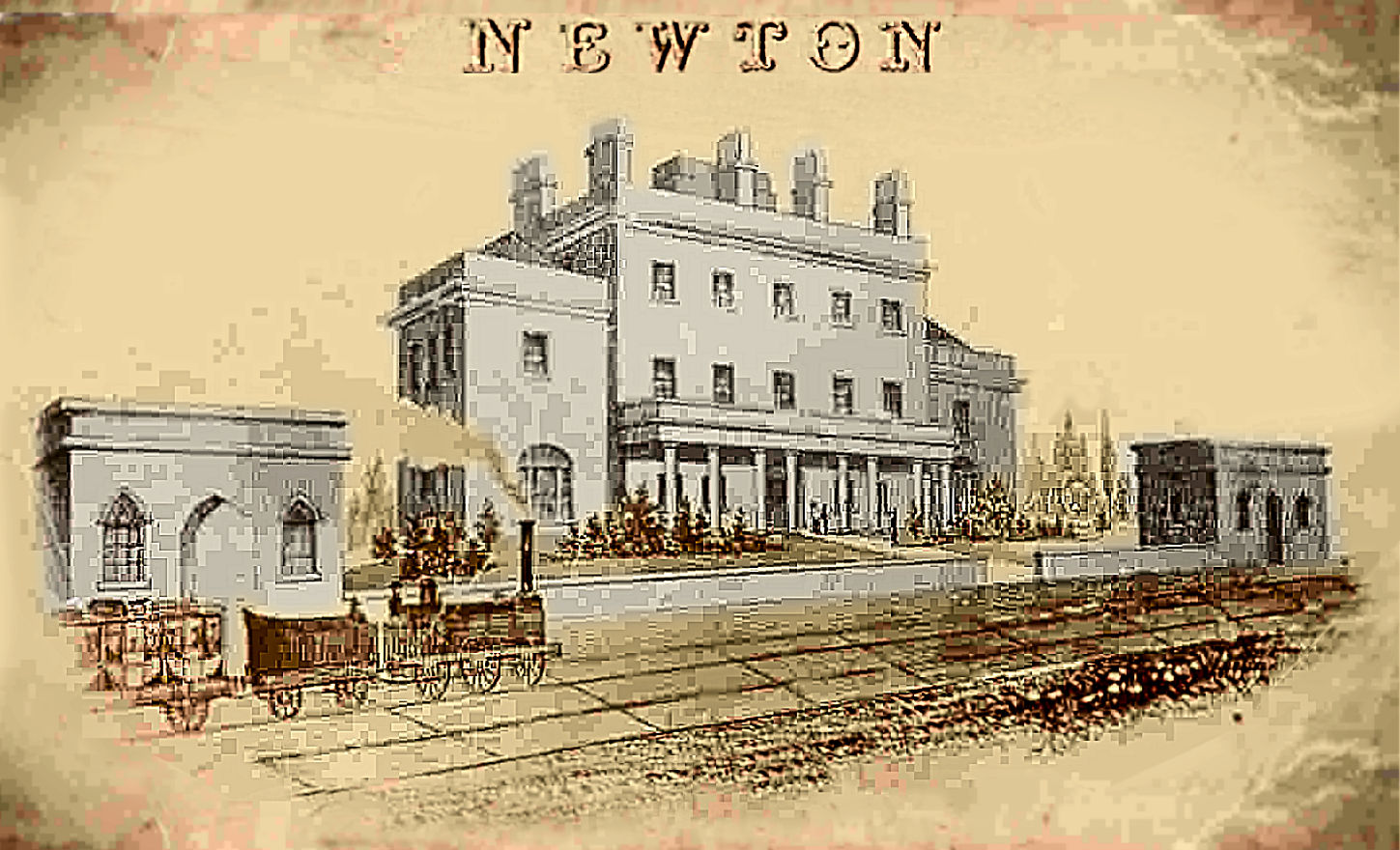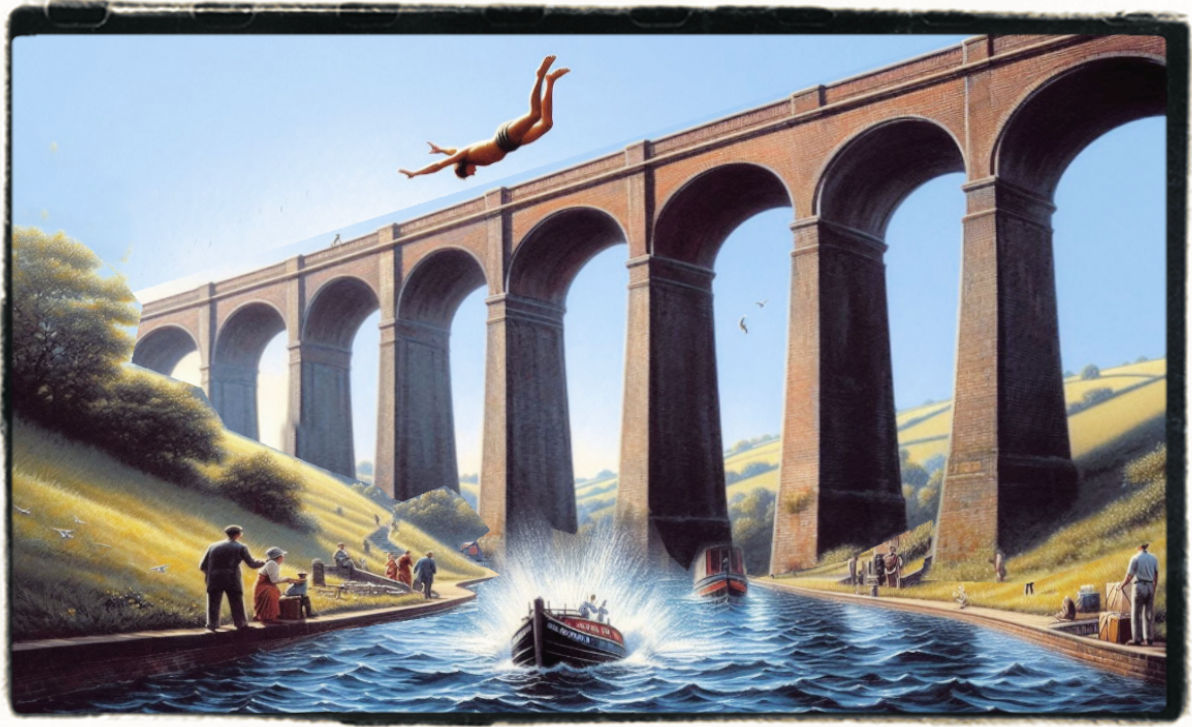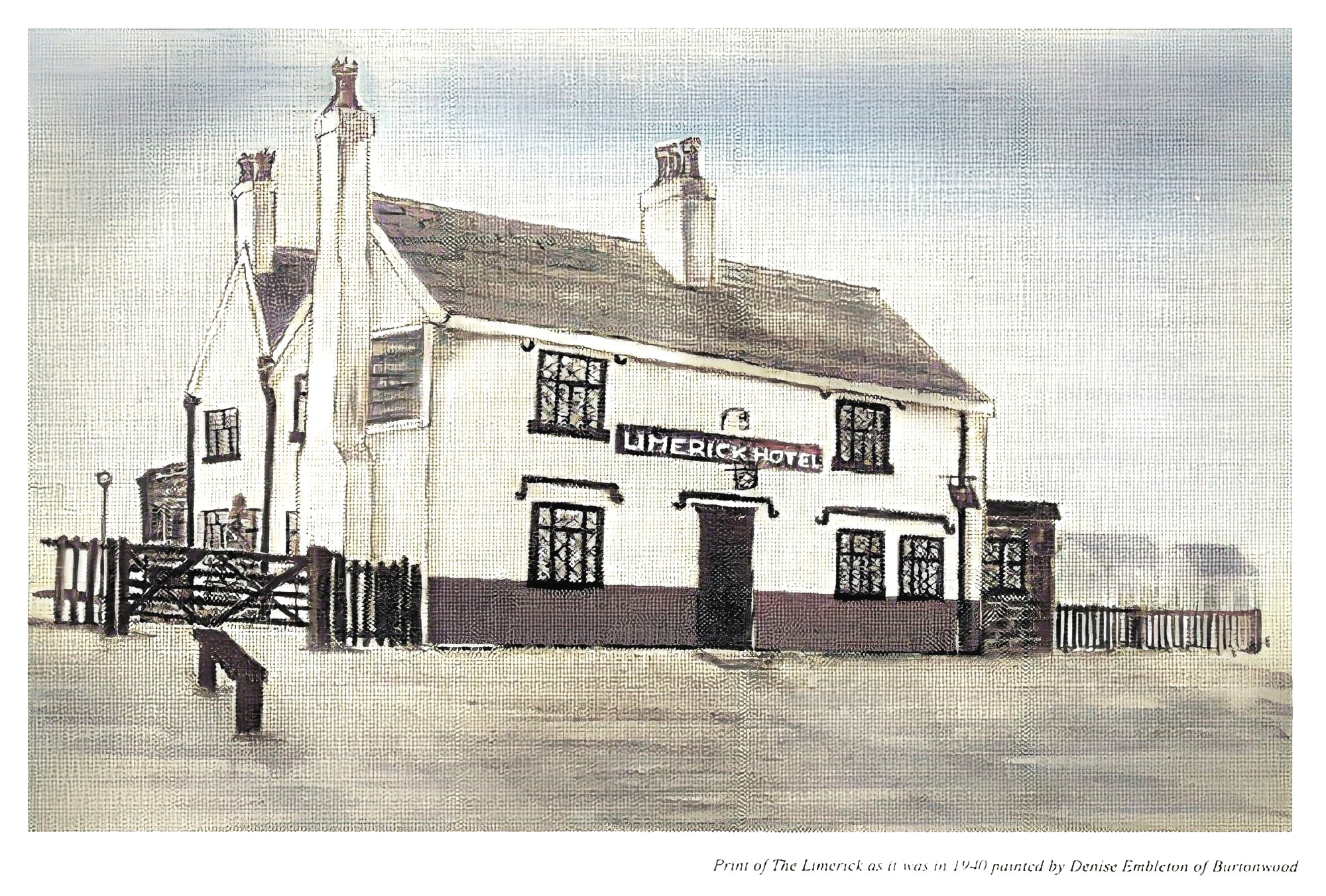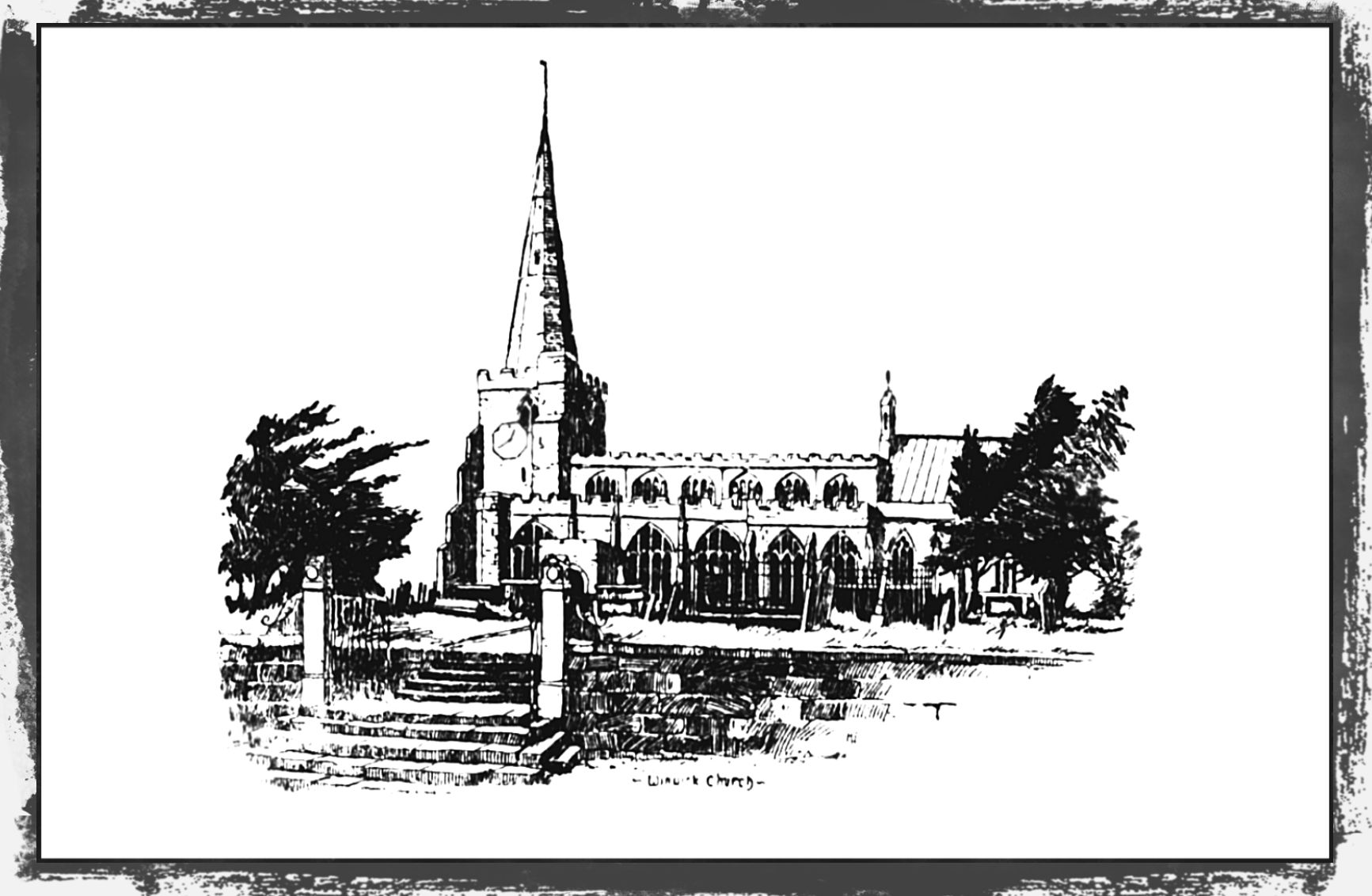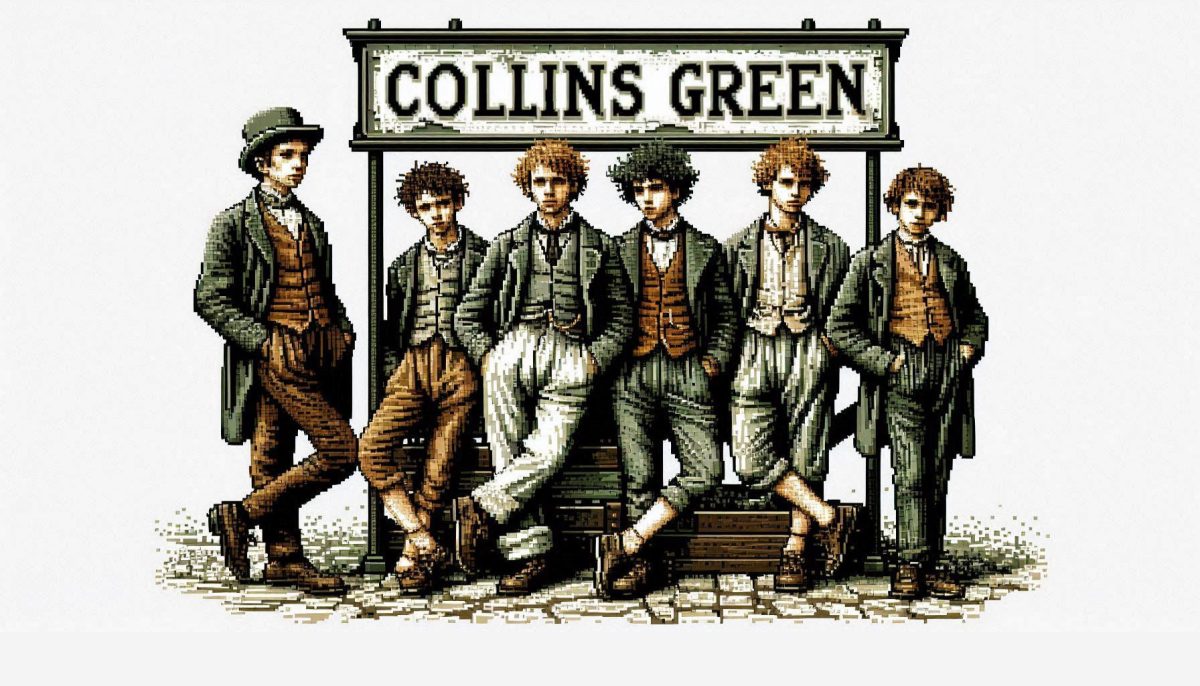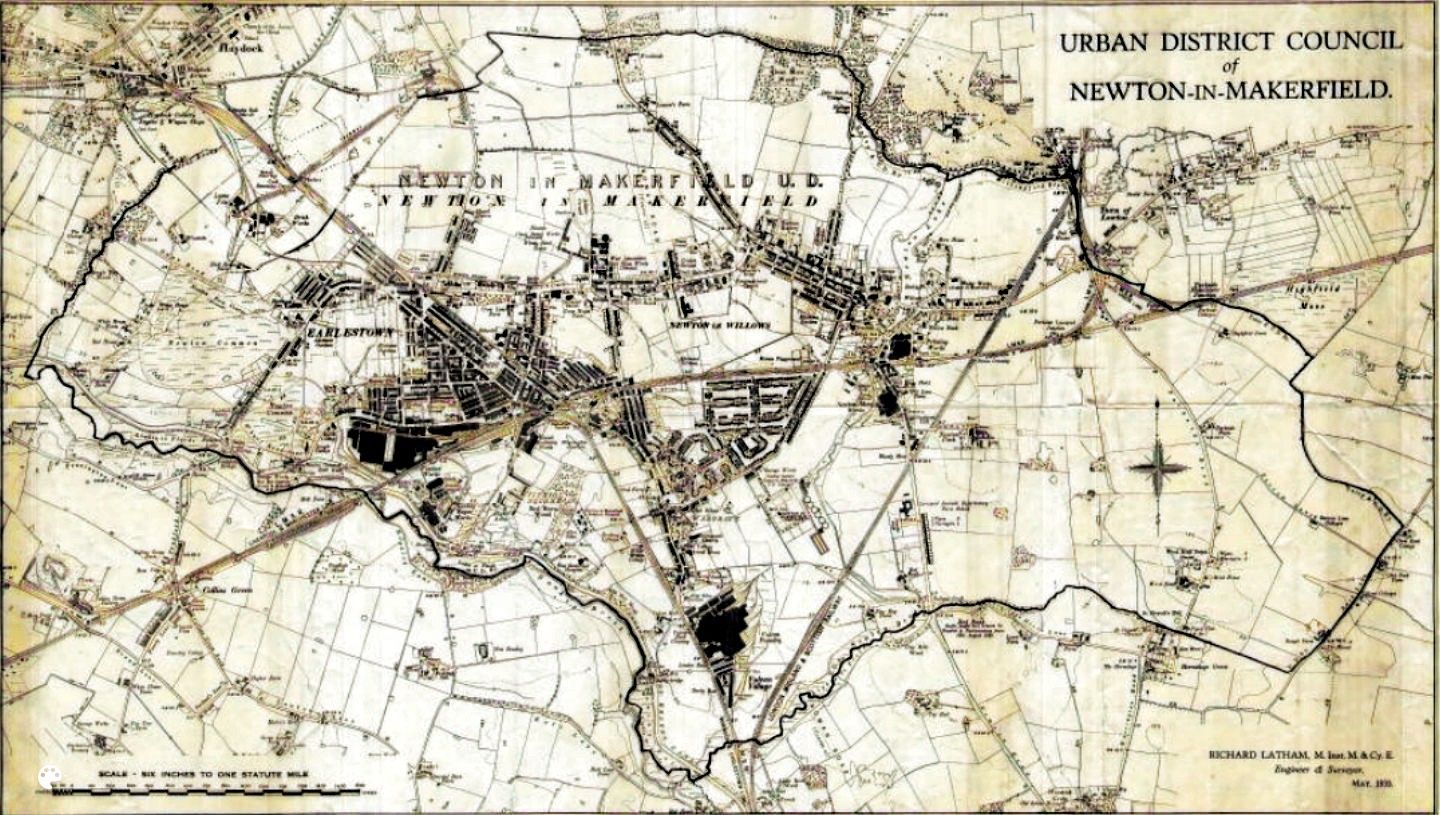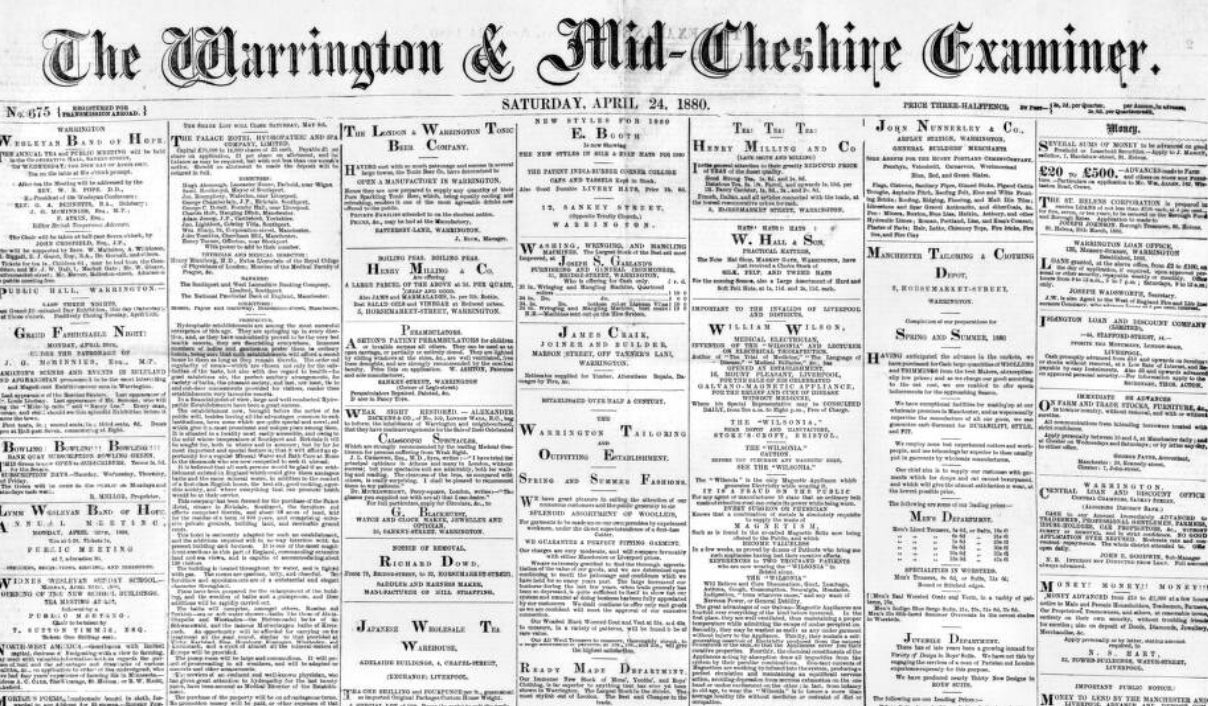The Bold family of Lancashire, associated closely with Bold Hall and the surrounding townships, has a rich and storied history that dates back to before the Norman Conquest of 1066. This essay will explore the lineage of the Bold family, the architectural and cultural significance of Bold Hall, and the evolution of the associated townships over the centuries. Origins and Early History The Bold family’s roots in Lancashire trace back to a period before the Norman Conquest, suggesting an ancient lineage deeply embedded in the region’s history. The earliest documented…
Read More >>Month: September 2024
BOLD TOWNSHIP & MANOR
BOLD TOWNSHIP & MANOR Bolde, 1212; Boulde, 1332; the final e is wanting in some cases as early as 1300. The area, which measures 4,483 acres, (fn. 1) is divided by a brook, now called Whittle Brook, but formerly Holbrook, running across it from the north-west boundary to Great Sankey. Cambal Wood lay in the south-east corner; on the south was Bold Heath, with Crow Heath and Lunt Heath on the borders of Cuerdley and Widnes. In the south-west corner was Cranshaw Hall. The flat and open country is divided…
Read More >>1921: The Burtonwood Lychgate War Memorial
Burtonwood War Memorial Newton and Earlestown Guardian – Wednesday 13 May 1920 The Question of the erection of a war memorial in Burtonwood for those in the village who made the supreme sacrifice in the war, had been under consideration for some time, and at a meeting of the churchwardens and sidesmen of the parish church, plans and estimates of the cost of a Lych gate were submitted for inspection. Burtonwood – The War Memorial. Runcorn Examiner – Saturday 29 May 1920The Burtonwood Parish Magazine:- “The Lych Gate War Memorial…
Read More >>The Parish Church of St. John the Baptist, Earlestown
A Brief History with details of some of the individuals involved with the Church between 1878 to 1932 Some sixty or seventy years ago Earlestown was a small but growing collection of houses, built to meet the needs of the workers at the Viaduct Wagon Works and situated in the parish of Newton-in-Makerfield, the nearest Church being that of Emmanuel, Wargrave. As the works extended and a large increase of population became resident, Canon Whitley, then Rector of Wargrave, seeing the necessity of providing religious services and instruction, erected an…
Read More >>1939: Historical Burtonwood Church re-opened
Newton and Earlestown Guardian – Friday 06 October 1939 Several years ago abandoned as unsafe and unfit for human habitation, St. Michael’s Church, Burtonwood. was re-opened and consecrated on Saturday afternoon us a modern church. It had been rebuilt and a more lofty tower has made its appearance, numerous structural alterations have been made to the interior, and the parishioners can now consider that the inconvenience of holding the services in the Church Hall, Green Lane, for the past years. has been well worth while. The church is one of…
Read More >>PUGIN AND THE RE-BUILDING OF WINWICK CHANCEL
By the Rev. W. A. Wickham: 28th November 1907 Perhaps no man set so deep a mark, directly and indirectly, upon the English church architecture of the nineteenth century as Augustus Welby Northmore Pugin, of whom Dean Stanley spoke as “that splendid, if eccentric, genius, who gave himself, though not with undivided love, to the service of another Communion” (qu. Scott, Recollections, p. 390). Ruskin, indeed, sneered at Pugin’s genius, and spoke of him (Stones of Venice, Append. 12; qu. Ferrey, Recollections, p. 164) as “one of the smallest possible…
Read More >>1865: GREAT FIRE AT NEWTON PRINTING WORKS.
Manchester Courier – Saturday 18 February 1865 That portion of the railway and general printing works of Messrs. McCorquodale and Co., known as the old Legh Arms Hotel, Newton-le-Willows, and close to the Newton Station, was destroyed by fire on Thursday. Fortunately, the fire, though most destructive, did not reach the adjoining building, so well known in past years as the Old Conservative Hall, in which and adjoining is carried on a most extensive printing, binding, and stereotyping business, employing nearly 300 hands. The fire was discovered at about forty-five…
Read More >>1891: THE SANKEY VIADUCT DIVE.
TOMMY BURNS’ ATTEMPTED DIVE: Completed by local Collier.Newton and Earlestown Guardian – Friday 13 November 1891 The inhabitants of Earlestown, Newton and surrounding district were considerably moved last week end by the startling announcement that Tommy Burns, the champion diver, who has gained such notoriety around Liverpool, Runcorn and district by his swimming and diving feats, would dive off the Viaduct Bridge or “Nine Arches,” on Saturday afternoon at three o’clock. The bridge is nearly 70 feet high, while the water in the canal is only about seven feet deep,…
Read More >>Burtonwood: THE LIMERICK HOTEL
With some historical gleanings from the archives. The Limerick was a pub located at the very end of runway 22 on the north east of the airfield fronting onto Cow Lane (now Burtonwood Road). It was a typical country pub with few home comforts but served a good pint of Burtonwood beer and basic food was sometimes available. It was frequented by the local farmers and villagers from Burtonwood and suddenly burst into life when RAF Burtonwood was built. Initially the Irish navvies who built the base went there for…
Read More >>The parish of Winwick
The ancient parish of Winwick lies between Sankey Brook on the south-west and Glazebrook and a tributary on the north and east, the distance between these brooks being 4½ or 5 miles. The extreme length of the parish is nearly 10 miles, and its area 26, 502 acres. The highest ground is on the extreme north-west border, about 350 ft.; most of the surface is above the 100 ft. level, but slopes down on three sides to the boundaries, 25 ft. being reached in Hulme in the south. The geological…
Read More >>1889: A “SMALL RIOT” AT BURTONWOOD.
Leigh Chronicle – Friday 20 December 1889 Nine boys named Schofield Jackson, Charles Jackson, Thomas Haverty, James Haverty, Henry Dalton, James Dalton, Joseph Dalton, James Millington, and Ernest Naylor, were charged with assaulting Thomas Dutton at Burtonwood by throwing stones on the 17th ult. Mr. H. L. Riley prosecuted, and Mr. Jenkins defended. Mr. Riley stated that his client had been a witness in several cases in which Burtonwood boys were interested, and in consequence of that he seemed to have become obnoxious to the boys who formed something like…
Read More >>1934: NEWTON-IN-MAKERFIELD’S INCORPORATION EFFORT
PURSUING BOROUGH STATUS: The pursuit of borough status by town councils in the early 20th century reflects a moment of civic ambition and a desire for self-determination within growing communities. For towns like Newton-in-Makerfield, which lay between two industrial powerhouses, the application for incorporation as a borough in 1934 was not only about acquiring a charter but also about asserting its identity, securing greater autonomy, and enhancing its position within the wider region. At the heart of this drive for borough status was the belief that such a change would…
Read More >>1880: A walk around the Newton-le-Willows Neighbourhood.
Letters to the Editor…Warrington Examiner – Saturday 24 April 1880 Sir, As “the mild season, that time when rain from above falling makes all things green, and springing flowers awake from sleep and hail the wished-for day,” invited to take a walk, and the time being convenient, I strolled into Burtonwood, or, as perhaps it ought to be called, Bowyer-town-wood, passing the ruins of the mill erected by T.P.L., 1793, and under the viaduct, a picturesque object, as seen from Newton Common, and on to Bradley Hall (similar in name…
Read More >>